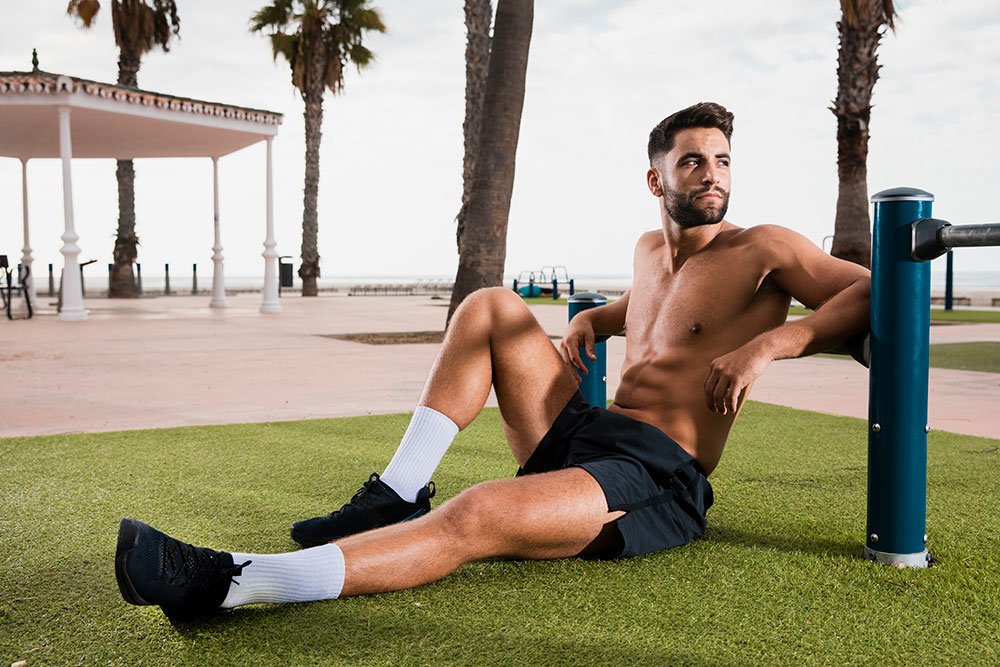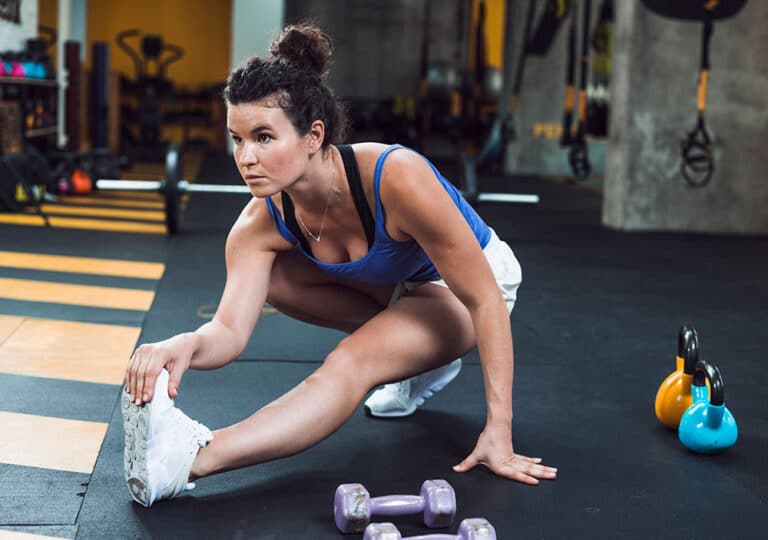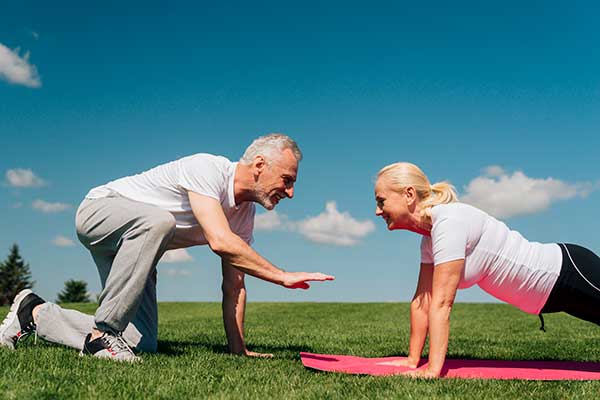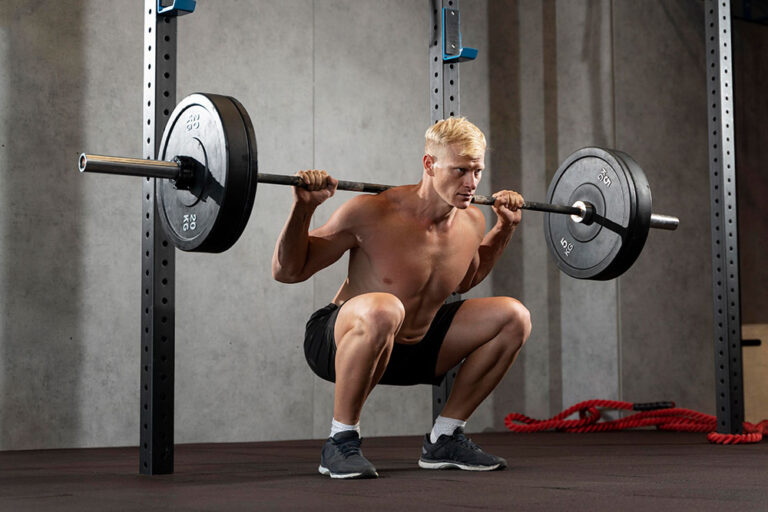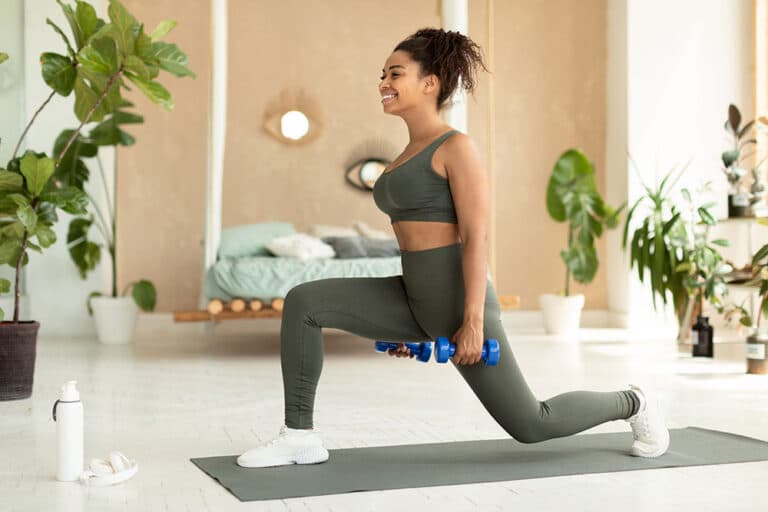Complete Lower Body Workout for Beginners
Are you ready to take your fitness journey to the next level? If you’re a beginner looking to strengthen and tone your lower body, you’ve come to the right place. A complete lower body workout for beginners is not just about aesthetics; it’s crucial for building strength, improving stability, and enhancing overall athletic performance. Whether you want firmer thighs, stronger glutes, or better balance on your feet, focusing on these muscles can make all the difference.
The best part? You don’t need a gym membership or fancy equipment to get started. With the right guidance and exercises tailored for newcomers like yourself, you’ll feel empowered and motivated in no time. Let’s dive into why lower body workouts are essential and how you can seamlessly incorporate them into your routine!
Importance of Lower Body Workouts
Lower body workouts are foundational for overall fitness. Strengthening your legs, glutes, and hips is vital for daily activities like walking, climbing stairs, or even standing up from a chair.
These muscles play a significant role in stabilizing the body. A strong lower body enhances balance and coordination, reducing the risk of falls and injuries. This stability is crucial whether you’re an athlete or just looking to improve general mobility.
Additionally, engaging large muscle groups in the lower body boosts metabolism. By incorporating these exercises into your routine, you can burn more calories even while at rest.
Moreover, lower body strength supports better performance in sports and other physical activities. Whether you’re running or cycling, powerful legs give you an advantage. Plus, they contribute to improved posture and spinal alignment by providing support from below.
Common Mistakes to Avoid
When starting a complete lower body workout for beginners, it’s easy to fall into some common traps. One significant mistake is using incorrect form. Poor technique can lead to injuries and hinder your progress.
Another pitfall is skipping warm-ups. Jumping straight into exercises without preparing your muscles increases the risk of strains.
Many newcomers also underestimate the importance of recovery. Overtraining can damage muscles and stall improvement. Listen to your body; rest days are just as vital as workout days.
Additionally, don’t rush through the movements. Quality over quantity matters immensely in any fitness routine.
Avoid comparing yourself with others at the gym or online. Everyone’s journey is different—focus on your personal growth instead of someone else’s progress.
Workout Equipment Needed
When embarking on your complete lower body workout for beginners, having the right equipment can make all the difference. Fortunately, you don’t need an entire gym to get started.
A good pair of workout shoes is essential. They provide support and stability during exercises. Look for shoes designed specifically for fitness activities or running.
Resistance bands are another fantastic tool. They’re versatile and perfect for adding extra challenge without needing heavy weights. You can use them for squats, lunges, and glute bridges.
Dumbbells also come in handy if you’re ready to level up your routine. Start with lighter weights to focus on form before gradually increasing the load.
Consider a yoga mat. It offers comfort during floor exercises and protects your joints while you work out at home or in a gym setting. With these essentials, you’ll be well-equipped to start building strength effectively!
Warm-up Exercises
Warming up is crucial before any workout. It prepares your muscles and joints for the movements ahead. A proper warm-up increases blood circulation, elevating your heart rate gradually.
Start with some light cardio to get moving. March in place or perform a gentle jog for five minutes. This helps activate your body without straining it.
Next, incorporate dynamic stretches targeting the lower body. Leg swings are effective; swing your legs front to back and side to side while holding onto a wall or sturdy surface for balance.
Don’t forget about hip circles! Stand on one leg and rotate the other knee outward in small circular motions. This loosens up those tight hips.
Finish off with some lunges, stepping forward into each lunge while keeping an upright posture. These movements not only enhance flexibility but also engage key muscle groups needed for your main workout routine.
Main Workout Routine
For an effective complete lower body workout for beginners, start with squats. Stand tall and lower your hips as if sitting in a chair. Aim for three sets of 10-15 reps.
Next, incorporate lunges. Step forward with one leg, bending both knees at a 90-degree angle. Alternate legs for three sets of 8-12 reps on each side.
Don’t forget glute bridges. Lie on your back with knees bent and feet flat on the floor. Lift your hips towards the ceiling, squeezing your glutes at the top. Perform three sets of 10-15 repetitions.
Add calf raises to finish off strong calves and improve stability. Stand tall and rise onto your toes before lowering back down slowly. Complete three sets of 12-20 reps.
Remember to maintain proper form throughout each exercise to maximize benefits!
Cool Down and Stretching
Cooling down after your workout is just as important as the main routine. It helps to gradually lower your heart rate and promotes recovery.
Incorporate gentle movements like walking or light cycling for about five minutes. This transition allows your body to adjust post-exercise.
Stretching afterward enhances flexibility and reduces muscle tension. Focus on major muscle groups in the lower body, such as quads, hamstrings, calves, and glutes. Hold each stretch for at least 15-30 seconds without bouncing.
Breath deeply during this time; it aids relaxation and improves blood flow to the muscles you’ve worked hard. Remember that stretching should feel good—not painful—so listen to your body.
Regularly including cool-downs can also prevent injuries in future workouts while maintaining optimal performance levels over time. It’s an essential part of any complete lower body workout for beginners!
Tips for Progression and Intensity
To enhance your lower body workout, gradually increase intensity. This can be done by adding weight or resistance bands to your exercises. Start light and focus on form before progressing.
Another effective method is increasing the number of repetitions or sets. For instance, if you typically do three sets of ten squats, try four sets next week. Small changes lead to significant improvements over time.
Don’t forget about tempo training. Slowing down movements during exercises like lunges can challenge your muscles differently and boost strength gains.
Listening to your body is crucial as well. If a workout feels too easy, it’s likely time to step it up a notch; conversely, don’t hesitate to dial back if something feels off.
Mix in different types of lower body workouts weekly—think plyometrics one day and strength training the next—to keep things fresh and engaging while maximizing results!
Safety Precautions
Safety should always be your top priority when engaging in any workout, especially a complete lower body workout for beginners. Start by ensuring you have enough space to move freely. Avoid cluttered areas to reduce the risk of tripping or falling.
Listen to your body carefully. If something feels off or painful, don’t push through it. Modify exercises as needed and focus on proper form rather than speed.
Wearing appropriate footwear is crucial. Choose shoes that provide good support and grip. This will help prevent injuries while allowing you to perform movements effectively.
Stay hydrated throughout your session. Dehydration can lead to cramping and fatigue, which might hinder your performance.
Consider warming up before diving into intense workouts, and cool down afterward. A few minutes of gentle stretching helps muscles recover better while preventing stiffness in the days following your routine.
Benefits of a Strong Lower Body
A strong lower body supports overall physical health. It enhances mobility, making everyday activities easier. From walking to climbing stairs, strong legs contribute significantly.
Building strength in your hips, glutes, and thighs can improve athletic performance. This translates to better running speeds and increased power in sports.
In addition to functional benefits, a well-developed lower body boosts metabolism. Muscle tissue burns more calories than fat, supporting weight management goals effectively.
Strong leg muscles also promote stability and balance. This helps prevent falls and injuries as you age.
Moreover, engaging in lower body workouts can boost your confidence. Feeling stronger often translates into improved self-image and motivation for further fitness endeavors.
A powerful foundation aids posture alignment. Good posture reduces strain on the back and improves overall comfort throughout daily activities.
Conclusion
Building a strong lower body is essential for overall fitness and functional strength. A well-rounded lower body workout not only improves your athletic performance but also enhances daily activities like walking, climbing stairs, and even standing for extended periods.
This complete lower body workout for beginners sets the foundation you need. By focusing on proper form and avoiding common mistakes, you’ll maximize your results while minimizing the risk of injury. Remember to incorporate warm-ups and cool-downs into your routine to prepare your muscles and aid recovery.
As you progress with this workout, consider adjusting the intensity or adding resistance to challenge yourself further. Always listen to your body—if something doesn’t feel right, it’s important to stop.
The benefits of strengthening your legs go beyond aesthetics; they contribute significantly to balance, stability, and mobility as well. With consistent effort in these exercises, you’re likely to see improvements that extend into all areas of life.
Embrace this journey toward a stronger lower body! Keep pushing yourself while staying safe, motivated, and engaged with every repetition.
- About the Author
- Latest Posts
Johnnie D. Jackow Sr., the founder and CEO of Total Body Fitness, Worldwide, has a long-standing career in the fitness industry. He began as a certified personal trainer in the mid-90s and soon after authored his first weight loss book in 1998. This led to the launch of Total Body Fitness, Nationwide in the USA at the same time. Johnnie gained recognition as the fitness guru of his time, running infomercials on local TV late at night in Houston, Texas. Over the years, he has helped more than 40,000 individuals from all over the world achieve their health and fitness goals. With over 60,000 hours of documented training in integrative functional medicine, he completed his PhD in human physiology in 2010. His primary objective is to assist people in reaching their health and fitness goals through alternative approaches rather than relying solely on conventional medicine and pharmaceutical drugs. Today, with almost three decades of experience under his belt, Johnnie continues to be a leader in health and fitness.

